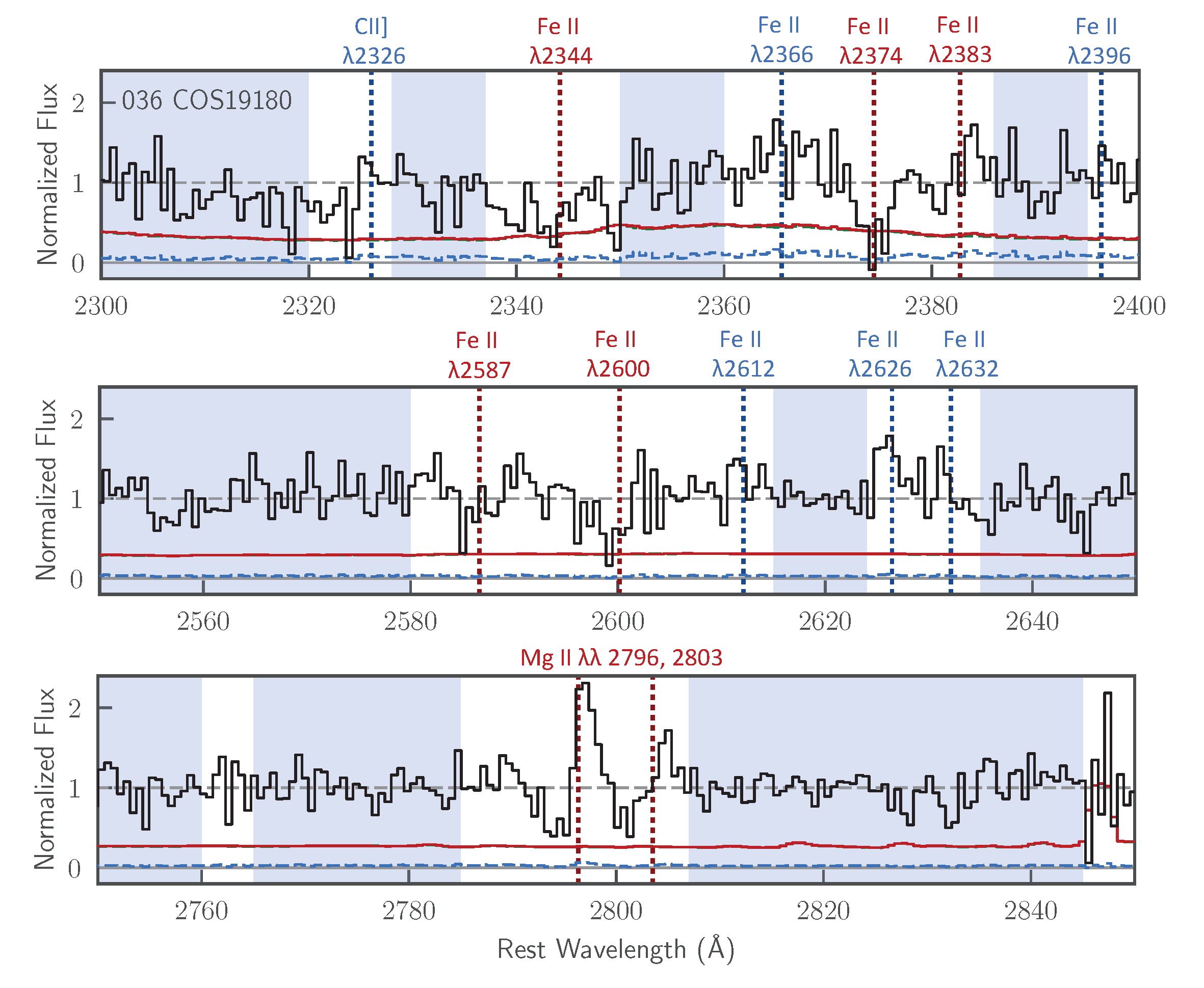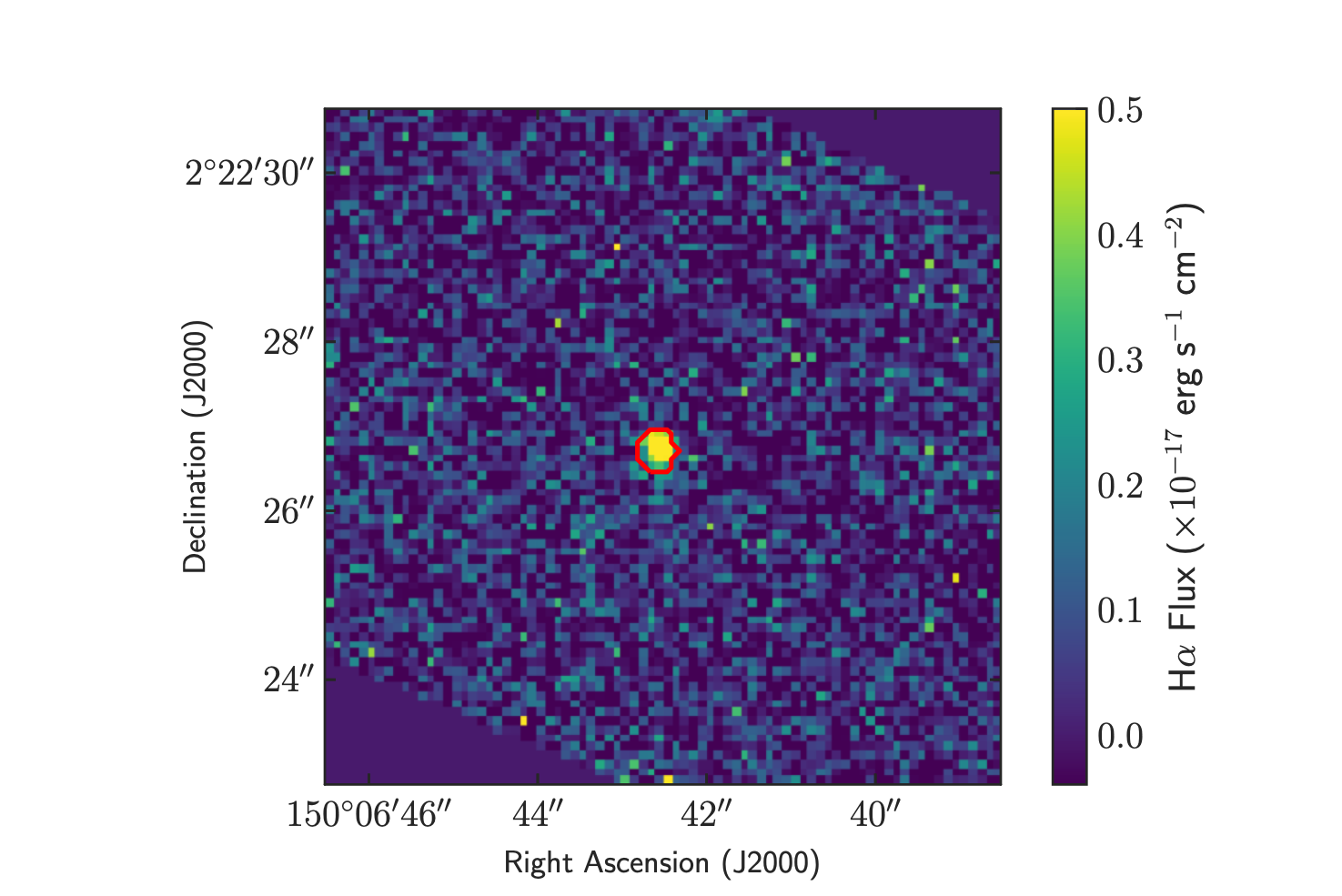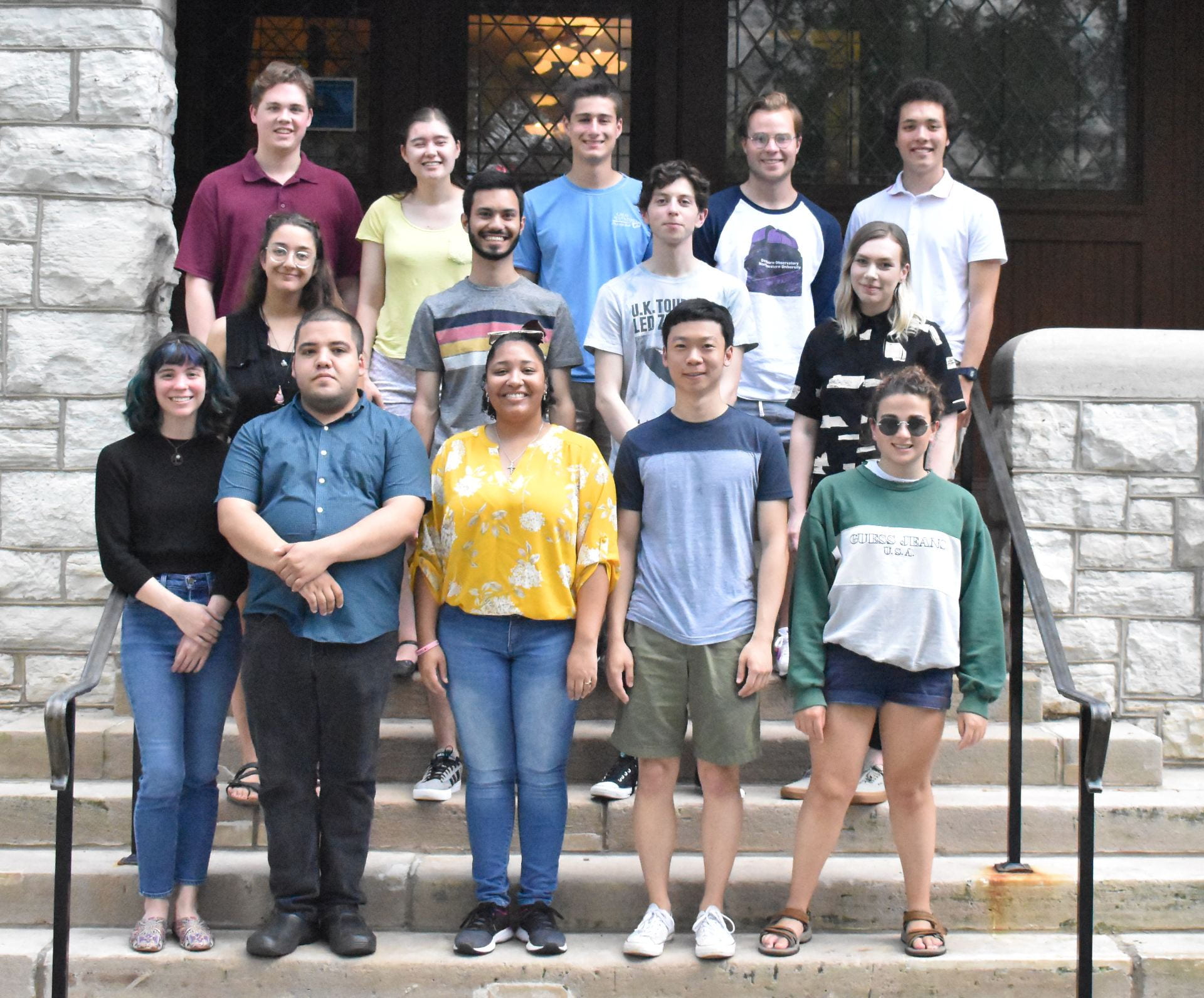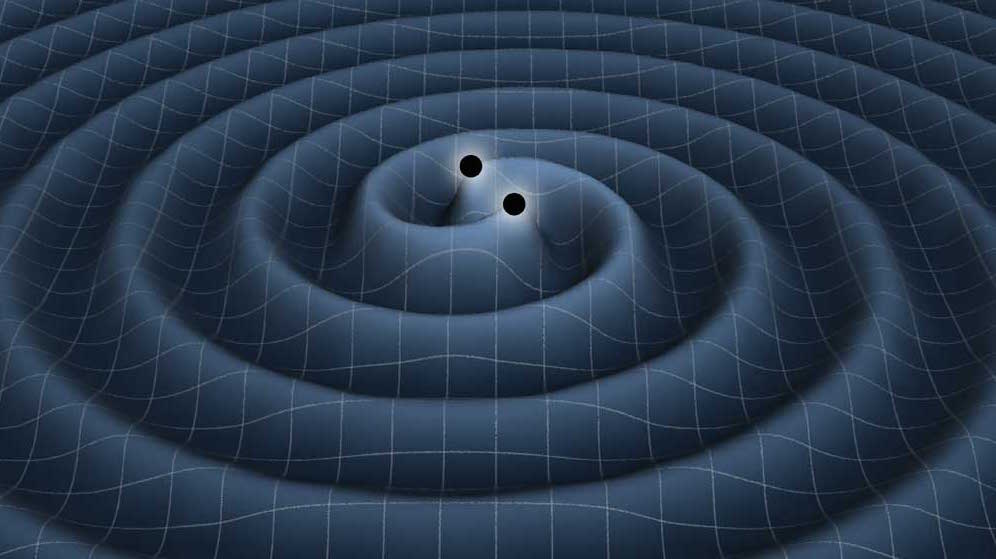Galactic Star Formation Driven Outflows
Intense star formation in galaxies results in powerful, galactic-scale outflows of gas. These outflows regulate star formation by heating or expelling gas from the galaxy, but the primary driving mechanisms are still uncertain.

I'm investigating the connection between galactic outflows and the morphology of star formation using two independent data sets covering a sample of 25 galaxies between \(1 \lt z \lt 1.5\), with a mean mass of \(10^{10}\) M\(_{\odot}\) and mean star formation rate of 10.4 M\(_{\odot}\) yr\(^{-1}\).
The DEep Imaging Multi-Object Spectrograph (DEIMOS) on the Keck II telescope (rest-frame near-UV) provides Fe II and Mg II absorption lines, which provide constraints on the intensity and velocity of the outflows.

The Wide Field Camera 3 (WFC3) on the Hubble Space Telescope (HST) in rest-frame optical provides low spectral resolution, high spatial resolution spectroscopy yielding Hα emission line maps used to measure spatial extent and strength of star formation.

I'm in the process of comparing the outflow properties with the star formation rate and star formation rate surface density inferred from the Hα emission line maps. The combination of rest-frame UV spectroscopy and Hα mapping at high spatial resolution enables direct comparisons between star forming regions and the outflows they drive.
Future facilities such as the James Webb Space Telescope (JWST) and the upcoming Extremely Large Telescopes will extend these studies to lower masses and star formation rates, probing galactic feedback across orders of magnitude in galaxy properties.
For more information, please see my AAS Poster.

2019 Summer REU
I participated in an NSF sponsored Research Experience for Undergrads (REU) program at Northwestern University during Summer 2019. These nine individuals in the REU cohort not only were at the top of their class and highly skilled astronomy students but were human beings too! The group comprised pilots, musicians, and political activists; groups I belong to as well. We shared many overlapping connections and became closely knit during the nine weeks. It was an enlightening summer collaborating with amazing future astrophysicists from incredibly diverse backgrounds.

REU Research Project
Prof. Aaron Geller led the summer REU program, taught classes, and moderated research activities. I researched with Prof. Christopher Berry and Dr. Nancy Aggarwal on detecting orphan memory from gravitational waves. I was in the Northwestern LIGO group studying the gravitational wave (GW) detection capabilities of a new GW detector, called the Levitated Sensor Detector (LSD). As part of this project, I extended previous order of magnitude calculations on the LSD by estimating signal-to-noise ratios (SNRs) for both the memory and oscillatory components of a high frequency gravitational wave signal. I further investigated the possibility of future orphan memory detections in LIGO for contrived GW bursts. I am honored to have been chosen for this program and to work with fellow students, advisors, and the NSF to further propagate undergraduate research. See my research website and poster for more information.